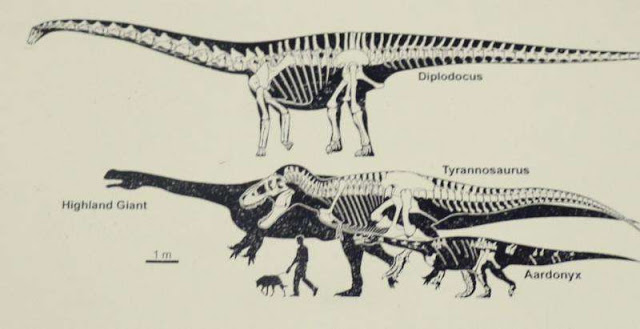
The DST_NRF Centre of Excellence in Paleosciences and the Evolutionary Studies Institute (ESI) at Wits University revealed its latest dinosaur find yesterday, 10 November 2015 at the Origins Centre.
A group of Wits Researchers based at the ESI revealed a thighbone of a 200-million-year-old “Highland Giant”. The dinosaur is thought to be the largest animal ever found in South Africa’s Karoo and is estimated to have weighed10-tonnes and fed on plants.
The discovery of the giant femur dates back to over 20 years ago when the first part of this giant animal were found during excavations under the Caledon River for the Lesotho Highlands Water Project.
The bones were put together in a collection and it was later discovered that they belonged to a single giant. Some of the bones found include an elbow, vertebrae and some claw pieces.
The 200-million-year old dinosaur is yet unnamed.
“This is the biggest dinosaur we have ever found. We do not know what the species is, hopefully we will know in a year or so. We not are not sure if this is a new species. We are not sure if this is the biggest discovered species ever found,” says Dr Jonah Choiniere, Senior Researcher from the ESI.
Choiniere announced the new find and also showed some of the recent discoveries of early dinosaurs which contribute significantly to the rich palaeontology history of South Africa.
The Wits announcements coincided with the celebration of UNESCO’s World Science Day for Peace and Development. The unveiling was accompanied by the launch of a poster of South African dinosaurs.
The poster portrays a colourful wonderland that was South Africa some 200-million-years-ago when continents were splitting apart and early dinosaurs roamed the Earth. The poster was designed by Maggie Newman.
In addition to dinosaurs, the poster also depicts the flora of the time and other animals.
The original fossils of the dinosaur depicted in the poster are on display at institutions and museums around the country.
“We think that this poster will show young learners…. ‘yes, South Africa does have dinosaurs’. And we hope that it will get them excited about studying the science behind South Africa’s incredible paleosciences heritage,” says Choiniere.
The poster is available for free and upon request to all visitors to the Origins Centre while stocks last and it will also be distributed to science centres, museums and visiting schools in the country.
Choiniere also gave an informal tour of the new and revamped James Kitching Gallery which houses dinosaur and pre-dinosaur fossils .
The Kitching Gallery is open to the public and is adjacent to the Origins Centre at the Wits Braamfontein Campus East.
The new dinosaur specimen and many other discoveries will be on display at the Kitching Gallery until the middle of January 2016.
Note: The above post is reprinted from materials provided by Wits University.










